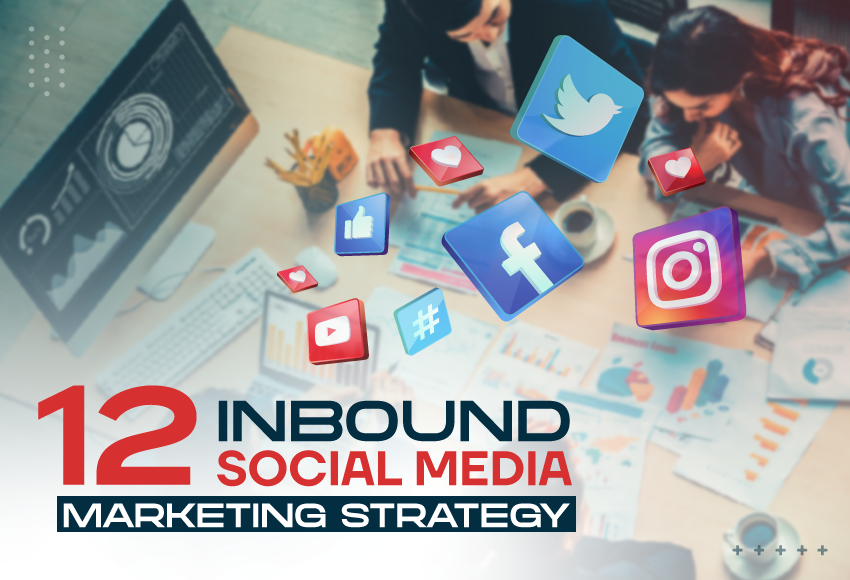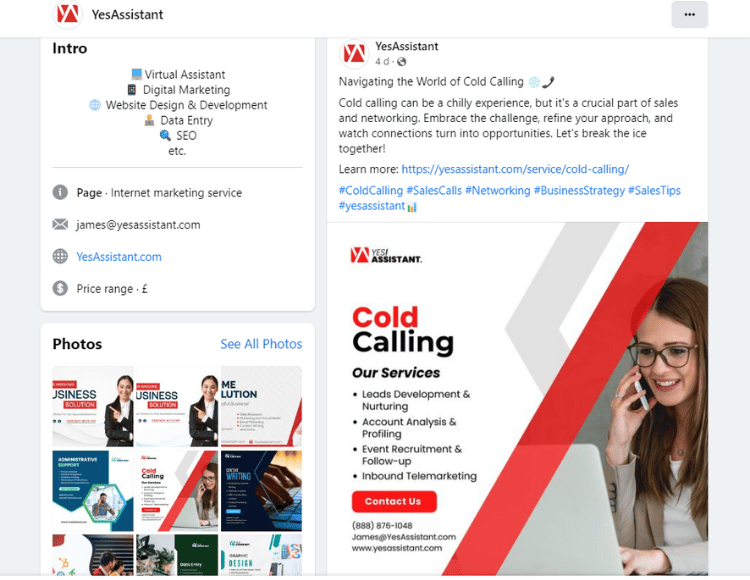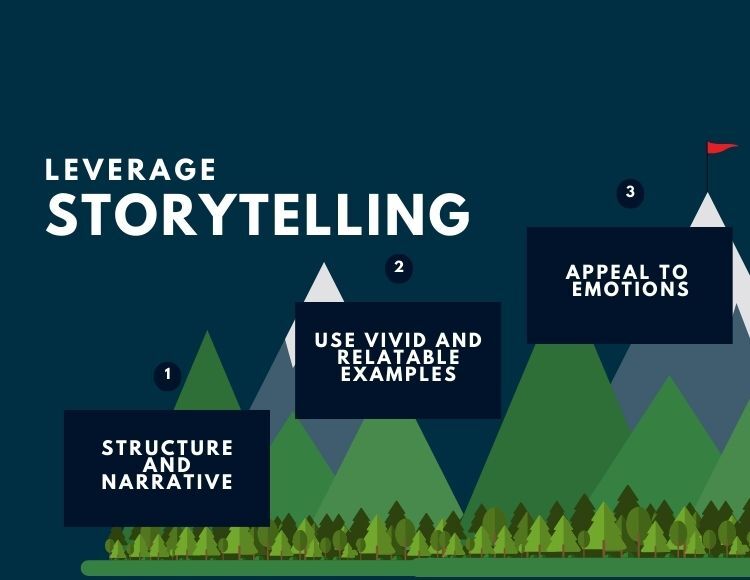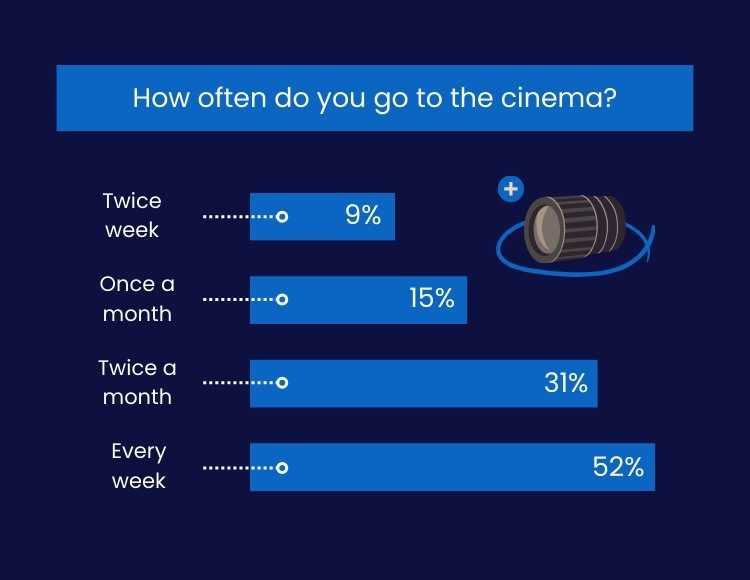
12 Inbound Social Media Marketing Strategy
Inbound marketing has been growing really fast in recent times, thus coping with other marketers can be tricky. Also, people’s changes in behavior significantly affect the marketing world. The majority is diverting more to social media.
So, what can be better than adopting the most powerful tool of this era, social media marketing, to enhance inbound marketing?
Inbound social media marketing is both customer and content-creation-centric and aims to attract customers through quality content and turn them into prospects, increasing revenue in return.
According to statistics, 54% of buyers research products first on social media, and 68% of users effectively purchase from these platforms.
There is no need to tell you why social media is an important part of inbound marketing.
Creating the right content and promoting it based on customers’ persona, engaging more in two-way conversations, using social media SEO, or creating a community, all these strategies will surely help to increase your revenue.
Today, we will be showing 12 Inbound Social Media Marketing Strategies.
What's Inside
- 1. Content Creation Based on Target Audience
- 2. Leverage Storytelling
- 3. Post And Promote Content
- 4. Sharing Gated Content
- 5. Engage In Two-Way Conversations
- 6. Social Media SEO
- 7. Live Stream
- 8. Polls & Survey
- 9. Monitor Mentions
- 10. Create A Community, Share Follower’s Content, Keep an Active Social Media Footprint
- 11. Influencer Collaborations
- 12. Analytics
- Level The Playing Field Using Inbound Social Media Marketing
- Final Takeaways
- FAQ
1. Content Creation Based on Target Audience
Inbound marketing works with a specific audience, so persona-driven content is crucial to inbound social media marketing strategies.
It involves creating and sharing content for selling products online that specifically targets your ideal customer personas, addressing their needs, interests, pain points, and preferences.
The possibility becomes higher with the right content to capture and engage customers’ attention more effectively, which leads to better brand awareness and higher conversion rates.
You can start with some simple steps.
Gather Personas Details
Working with inbound marketing makes it easy to reach out to a small community and gather their details like demographics, habits, culture, behaviour, interests, etc.
Create well-defined customer personas based on research and data. Give each persona a name and a backstory to make them more relatable.
Understand Consumers Preferences
Research the types of content your personas prefer. It can be blogs, videos, podcasts, infographics, or interactive content.
Also, content preference varies based on different social media platforms. People may like to see videos more on Facebook and YouTube. Instagram stories are more popular, and tweets on tweeters get more attraction.
Create Relevant Content
A common issue with social media marketing is ignoring relevancy sometimes. Inbound marketing is all about not interrupting customers rather than attracting them with relevant content.
So, keep a close eye on what content you are making on social media platforms. It should be related to your business niche, as it greatly influences inbound social media marketing strategies.
Educative Videos
Visual content can be an incredible way to grab people’s attention. Start with videos that are more trendy in your business locality.
Social media like Instagram reels, YouTube short videos, and TikTok influence people powerfully. Only TikTok has 1 billion users and is one of the fastest-growing platforms.
Again, 69% of people learn more quickly how to use a product through videos.
For example, Nike’s social media accounts make compelling and inspirational video content, especially on platforms like Instagram and YouTube. These are often featuring athletes and their stories.
Informative Blog Posts
Your blogs should be data-driven, niche-related, and have a good readable rate. Among internet users, 77% read at least one blog regularly. Be careful with the native language tone.
Consider the word limits, the right use of keywords, eye-catching headlines, friendly tone, or others. If you are thinking this is a lot to take in, you can also opt for content writing agency & see their content writing packages, They will be able to help you get the exact things you need. Statistics show that articles with a word range between 1000 and 1200 get 56.1% more shares on social media platforms.
So, consider the quality while writing blogs, short captions, or articles for your content.
2. Leverage Storytelling
Leveraging storytelling technique is another effective point of inbound social media marketing strategies. People tend to connect emotionally more with videos that narrate real stories, are inspirational, and relate to us.
Once your content videos go viral, they will work like a rocket to increase organic traffic. So, you need to enhance your inbound marketing with social media content cleverly.
Telling your customer your brand core story can be a good start. Showing your brand’s mission, value, success, failure image, and how it deals in hard times can be a good storyline. Try to connect naturally.
Share your customer stories who have benefited from your service. Even your own story, your employer’s story, how this particular product positively changed the whole scenario.
This can capture your viewer’s attention emotionally and can gain trust.
Try to keep a consistent brand voice and narrative across all your social media channels. Whenever your video pops up, people can immediately recognize you.
3. Post And Promote Content
Social media platforms are excellent for promoting your business or service through content. For instance, many Software outsourcing companies effectively utilize these platforms to engage their potential clients. Because 26.8% of users between the ages of 16 and 64 discover products on social media, giving you a better chance to promote content.
Post regularly and update your customers with information to stay consistent.
Collect data about when individuals use social media most, like at night before sleeping or after waking up. You want to reach people at the right time.
This works actually with local inbound marketing. Because of people’s habits, nature changes with locality, so you must consider that.
Newsfeeds, stories, and reels are a better option to promote content. Stories remain for 24 hours only, giving a better chance of consistent interaction.
You can also make your own customized page related to your business. Facebook and Instagram have “Page” features, particularly for online businesses.
Or you can use ads for the promotion. Paid promotions are likely to be outbound marketing. But most marketers are also using it for inbound marketing, ignoring the debate of social media inbound or outbound marketing.
Besides paid ads, Facebook and Instagram allow non-paid advertising. But paying more bucks on ads to reach more people would be best.
4. Sharing Gated Content
Getting inbound leads through gated content means offering valuable information to your customer in exchange for their contact information. This is one of the effective yet most ignorable inbound social media marketing strategies.
This can help you list potential customers interested in your products or services. You can gather more authentic information easily, as the customers offer it.
When someone gets influenced by your content and wants to download it, you ask for their information in return for giving access. In this way, you can send them educational content and offer your service in the future.
This is one of the reliable ways to get more prospects. But for this, you need to follow content marketing precisely. You have to encourage your customer to be captured with Gated Content.
With compelling content and the right promotion, this can be easier to acquire.
5. Engage In Two-Way Conversations
Inbound marketing is more customer-centric, where a customer is the top priority. The ultimate goal is giving excellent customer service to gain trust and make them prospective.
To achieve this kind of relationship, two-way conversation is very important, where social media marketing strategies for inbound marketing work. This is because an average person spends at least 2 hours on social media and messaging daily.
All the social media platforms have an inbox option. Most of the time, customers text messages inbox to know more details about the product. So, you can start a conversation here.
Start replying with a greeting text and thank them for messaging you. Appreciate their time and effort. Ask them how you can help them.
Sometimes, customers need more clarification, especially the old ones, and you must be patient.
Talk in a friendly tone so they become comfortable which is very important for both B2C and B2B inbound marketing.
A chatbot can work better here than a human to reply quickly. You can make a compelling, customized message. So, whenever someone clicks on your post or product, an automatic message is sent to their inbox.
Chatbots help give customers 24/7 service. You can assist your clients whenever they need. It is a more convenient way to reach out to customers.
6. Social Media SEO

To attract potential customers, social media SEO helps a lot more scientifically. Social media is most beneficial for capturing an audience, and SEO pushes it a bit harder to reach them.
Social media SEO is one of the key elements of inbound social media marketing strategies, which actually works in a hidden manner.
On social media, 90% of buyers follow at least one brand. Thus, social media SEO becomes a necessary tool for inbound social media marketing.
Optimize Social Profiles and Content Creators’ Profiles

Your social media profiles should be like a mirror of your website. The title, page name, address, and other information should be the same as your website.
Focus more on NAP optimization that helps reach people locally. Include the exact location and all other personal information correctly.
Also, boost your content creator profiles, add them to your website, and attach their social media profile link. Google is more focused on content creators and takes authors’ bios positively as proof of authentication.
Inbound Links Into Content
Whenever you share content in channels, add links to your website, blogs, and posts. This inbound linking is generously helpful for more traffic.
You can add links in the comment section or description by heading “To Know More.”
People seeing your content may click on the link and visit your website.
Push Keywords
Using keywords in the content you are sharing on social media does not affect optimization directly. But it can help people remember about your company.
But avoid pushing keywords unnecessarily that seem odd. It should be in a natural flow.
7. Live Stream

Incorporating live streams into your inbound social media marketing strategy can be a good way to engage with customers. Live streaming helps to connect with the audience in real-time and share information live. It creates a sense of authenticity and immediacy.
You can showcase your products, provide educational content, engage with your audience, or drive sales.
Address your viewers by their names, and respond to comments and questions in real-time. This interaction strengthens your connection with consumers.
Announce your upcoming live stream through teaser posts, stories, and email marketing to create interest. Share the date, time, and a brief description early.
You can do Facebook Live, Instagram Live, YouTube Live, and Twitch. Be prepared with the necessary equipment, such as a good quality camera, microphone, and stable internet connection.
Lastly, you can save and re-share the video as on-demand content on your social media profiles.
8. Polls & Survey

Arranging polls and surveys may seem simple but effective in inbound social media marketing strategy.
Before doing any live show, you can create a poll and ask your audience which is the right time to be on live. Or, ask about their opinion, if they want any particular service or product.
Regularly, take their opinion about the improvements and thank them for co-operating.
All the social media platforms have polls or survey creation features. You need to utilize them cleverly.
9. Monitor Mentions
Monitoring mentions works as a part of inbound social media marketing strategy. It is essential for maintaining a brand’s online reputation and staying informed about conversations related to products or services.
Monitor mentions across platforms such as Twitter, Facebook, Instagram, LinkedIn, and other relevant platforms to your target audience.
To keep track of mentions, use social media monitoring tools. Some popular monitoring tools include Hootsuite, Sprout Social, Brandwatch, and Mention.
When you receive mentions, whether they are positive or negative, try to respond to all of them.
You can create a community with your segmented customers by using social media marketing in inbound marketing.
It should work like a virtual family where everyone can share their feelings, opinions, and feedback and enjoy your service. In return, you can gain more trust and increase your revenue more smoothly.
Facebook and Instagram have “Group” features in newsfeeds and inboxes. Use them properly.
Stay tuned and active in all your profiles; do not let your customers feel left out.
11. Influencer Collaborations
First, watch these two statistics closely: 71% of marketers from all industries claim influencer partnership works well for their business.
Again, 71% of B2C businesses tend to engage in influencer marketing in 2023. You now know the importance of influencer collaboration in your inbound social media marketing.
The reasons are obvious, as people’s tendency to believe influencers is increasing dramatically. You can hire one of the influences VA to promote your product in their profile.
Make deals with them so they only work for your company. Doing regular live updates about your product can be really impactful to attract more people.
12. Analytics
Analytics is crucial in optimizing your inbound social media marketing strategy. It gives an overall insight into the effectiveness of your effort. So you can make decisions according to that.
Social Media Tools
Platforms like Facebook Insights, Instagram Insights, Twitter Analytics, and LinkedIn Analytics offer insights into your performance. Or you can even use Google Analytics and social media management tools.
Engagement Rate
It includes likes, comments, shares, and other interactions of your followers or reach. A higher engagement rate means that your content connects with your audience, indicating effectiveness of your social media effort and CTA.
Click through rate, conversion rate, follower growth, referral traffic are some keys to measure the engagement rate.
Social Media Channel Performance and ROI
Compare the performance of your different social media channels to identify which platforms are delivering the best results.
Also, measure the financial impact of your inbound social media marketing that is revenue with ROI.
Level The Playing Field Using Inbound Social Media Marketing
Social media marketing becomes inseparable from inbound marketing by connecting people and selling products.
We have shown you 12 inbound social media marketing strategies to level the marketing playing field.
For promoting business, nothing can be a better replacement for social media in this era. With people’s changing tendency toward social media, inbound social media marketing surely will dominate the entire industry.
It is a fair platform, especially for small businesses, but today, most big businesses such as OREO, NIKE, KFC, and SEPHORA are utilizing this marketing strategy seamlessly.
Here, the main factor is balancing the quality and quantity of service. With the help of incredible social media features, you can share quality content to get prospects.
Final Takeaways
Inbound social media marketing is using social media to promote products or goods. With the rapid changes in people’s social media behavior, this is the most effective way businesses can adapt.
Today, we have shown you 12 Inbound Social Media Marketing Strategies that must help you grow your business and revenue.
Instead of working harder, you should work smarter, and this is exactly what social media marketing offers in inbound marketing.
FAQ
What Actually Inbound Social Media Marketing Means?
Inbound social media marketing refers to a method that focuses on attracting new customers through relevant content shared on social media platforms.
What Is Social Media SEO?
Social Media SEO is also known as Social Media Search Engine Optimization. It refers to optimizing social media content and profiles to improve ranking on search engines like Google, Bing, and others.
Why Is Sharing Gated Content Important?
Sharing gated content is important for businesses and marketers. It helps to generate leads, build relationships with the audience, and collect valuable customer data.




